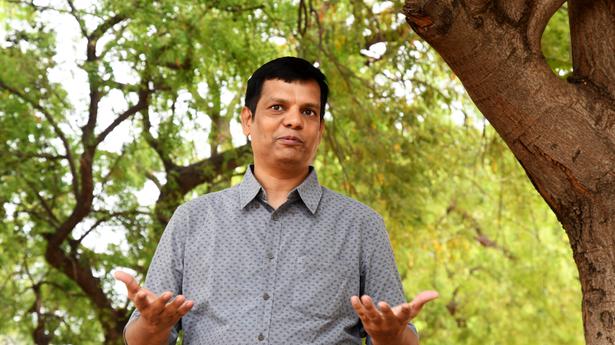
Madurai-based photographer bags World Press Photo Award
The Hindu
As a self-taught photographer, Senthil Kumaran finetuned his photography skills by analysing the images that had won the prestigious award
R. Senthil Kumaran’s phone keeps buzzing with wishes pouring in for being this year’s winner of the prestigious World Press Photo Award, for his submission titled ‘Boundaries: Human-Tiger Conflict’.
“As a child, to learn about animals, I preferred TV and newspapers. But now, I venture into forests myself,” the software-engineer-turned-photographer, since 2001, told The Hindu. All the more an honour for him because, as a self-taught photographer, he finetuned his photography skills by analysing the images that won the World Press Photo Award.
Of the 130 countries that participated, 4,000 photographers had roughly submitted 65,000 images. Powerful images from events in Afghanistan, Gaza, Iraq, deforestation of the Amazon forests, consequences of the COVID-19 Delta wave, were among the submissions. The jury process took one and a half months.
“I submitted a set of 30 pictures under the long-term projects category in the Asian region. Though I’ve been rejected a few times before, I was confident this time as my hard work of ten years documenting tigers, spoke for itself,” he said and added, “My project shows empathy to both tiger and human worlds. I closely associate developments in urban areas with the human-animal conflicts. Animals enter human settlements only because their natural habitat is exploited to satisfy the ever-growing demands of the country.”
“What I deem most prestigious about this award is that a major conflict in our region now has a better reach at international levels,” he said.
Mr. Kumaran’s favourite genres are travel and street photography. “I learned about myself during such explorations and it helped shape me,” he said.
Later, delving into wildlife photography and clicking aesthetic pictures of animals and forests lacked purpose, he felt. “I switched to ‘documentary photography’ in 2010 after watching many documentaries and the impact it created was profound,” Mr. Kumaran said.











